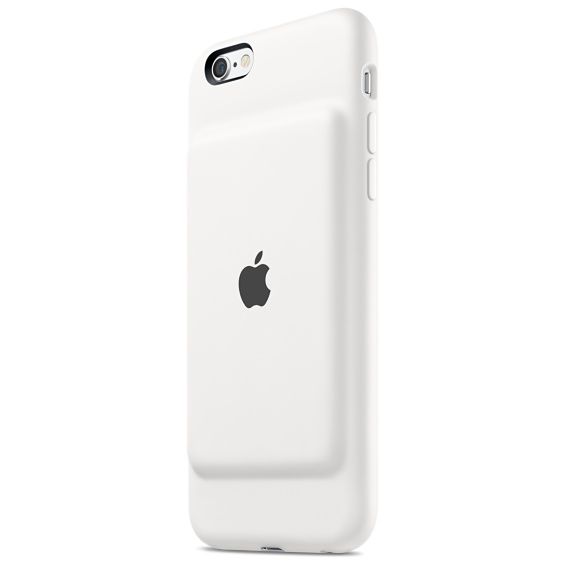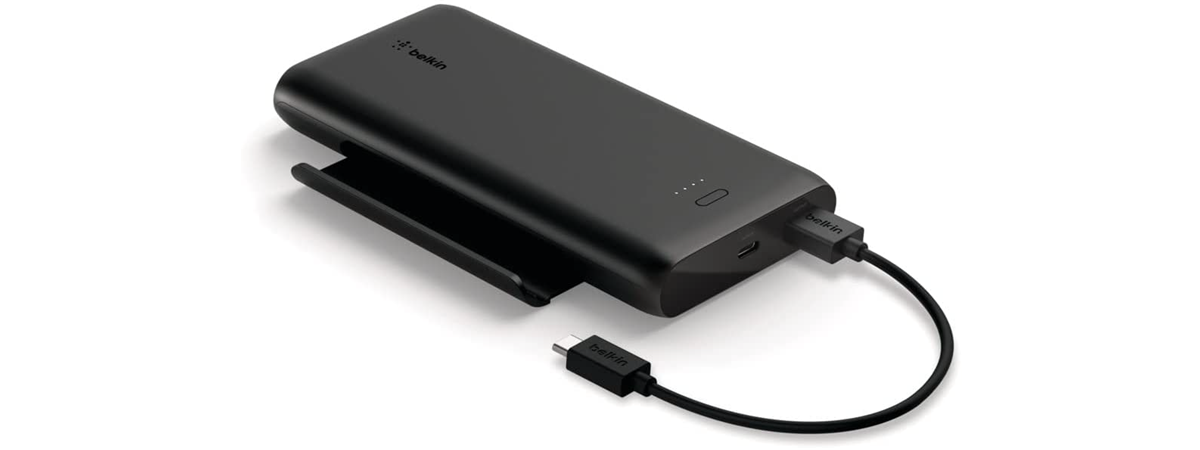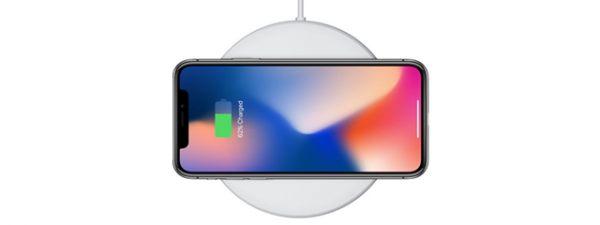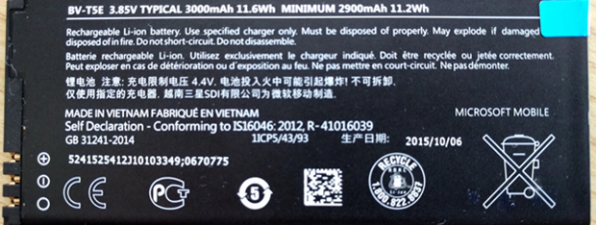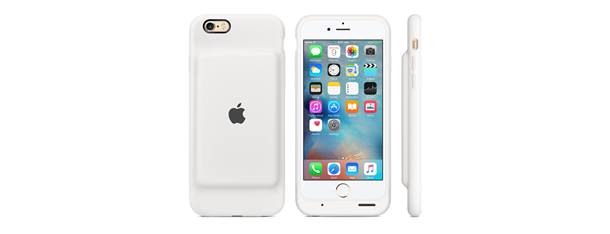
Apple has released a battery case that fits both the iPhone 6 and iPhone 6s. The move is unprecedented for Apple, which has been sticking firmly to the thin design for its smartphones. Producing a battery case means that they admit a legitimate need to supplement the capacity of their smartphone's original battery. Let's have a closer look at the battery case and see what Apple is offering to their customers:
The iPhone 6s Smart Battery Case breaks Apple thin design
Apple has shunned until now the calls for bigger batteries, sticking to its guns on the slick design of its iPhone. In fact, every new iPhone has been thinner than its predecessor which showed marvelous engineering put to work for impressive looks.
With this background, it is surprising that Apple made such a fork in the road and is pushing a product that will make its flagship smartphone thicker.
Photo: Apple
First of all the battery case is meant for iPhone 6 and iPhone 6s. The name of the product in the online Apple shop indicates iPhone 6s (iPhone 6s Smart Battery Case), but don't let this fool you. A few lines below in the description, Apple clarifies that the product is fully supported for iPhone 6 too.
A battery case that fits your iPhone like a glove
There are plenty of battery cases for iPhones, made by third-party vendors. Apple's version features only a 1,877 mAh charge, which is not that impressive given that you can find battery cases like this one from Diskin that offer 3,050 mAh. What Apple offers that sets this battery case apart is a very good integration with iPhone's hardware and software:
- The charging of the case is done through a Lightning connector which means you don't need a separate charger for the case. Many battery cases from other vendors charge though a micro USB connector. Another plus is that the smartphone and the case both charge when the Lightning connector is fitted to the case. One minus is that the battery case starts charging your iPhone immediately as you connect it, even if the phone is fully charged.
- The case has a mic and a speaker, as it covers the original iPhone ones. An added benefit is the speaker is front facing which makes for better audio.
- The software becomes aware of the battery case when connected and it shows the phone and the case batteries separately, how much each one has left and the charging sign when connected to the charger.
- The materials are superior quality including a microfiber lining that protects the iPhone. The battery itself though sticks out in the case and creates a bulge on the back of the phone. You have to wonder whether a thicker design of the iPhone 6 or 6s on its entire surface would not have been the better option.
- You have to check the headphones connection. The case provides a canal that allows connecting directly to the iPhone. The canal may not be large enough for all headphones connectors.
The case of extra battery life
Apple stays away from specifying the milliamperes hour for the batteries of its iPhones. This may not be entirely unwarranted because the flat comparison of the capacities of batteries between smartphones can be deceiving. To be fair Apple has produced marvelous devices that manage to do more with even less battery capacity. Case in point is iPhone 6 which has a smaller battery than iPhone 5 yet manages to last longer in use. iPhone 6s shrinks the battery capacity even more.
Having said that, the listing of hours of use, which is what Apple does in the specs for iPhone 6 and 6s, is equally deceiving. The performance listed for each type of use (like Internet, talk time, video playback) does not reflect real life use.
If you decide now on buying an iPhone 6 or 6s, the real life use tests put the usage time of a full battery charge at around 7 and a half hours. Of course this is an average and actual use can vary significantly by individual case. Video playback can last 11 hours while playing games can run down the battery in 3 and a half hours. If you own one, you already know best how much you can rely on the battery of your iPhone.
The battery case adds 80% to the usage time. The case has a bigger battery than the iPhone, but the transfer of energy is never perfect from a battery case. It makes sense to use it if you are a heavy user and cannot make it to the evening with one full battery charge or if you want to have the peace of mind that a backup is available when you skip the nightly charge.
Which iPhone battery case do you use?
I'm sure that many iPhone owners already have a battery case. If you do too, let us know which case you are using. Is it better than the one made by Apple? And what do you think of Apple's battery case? Would you buy it?




